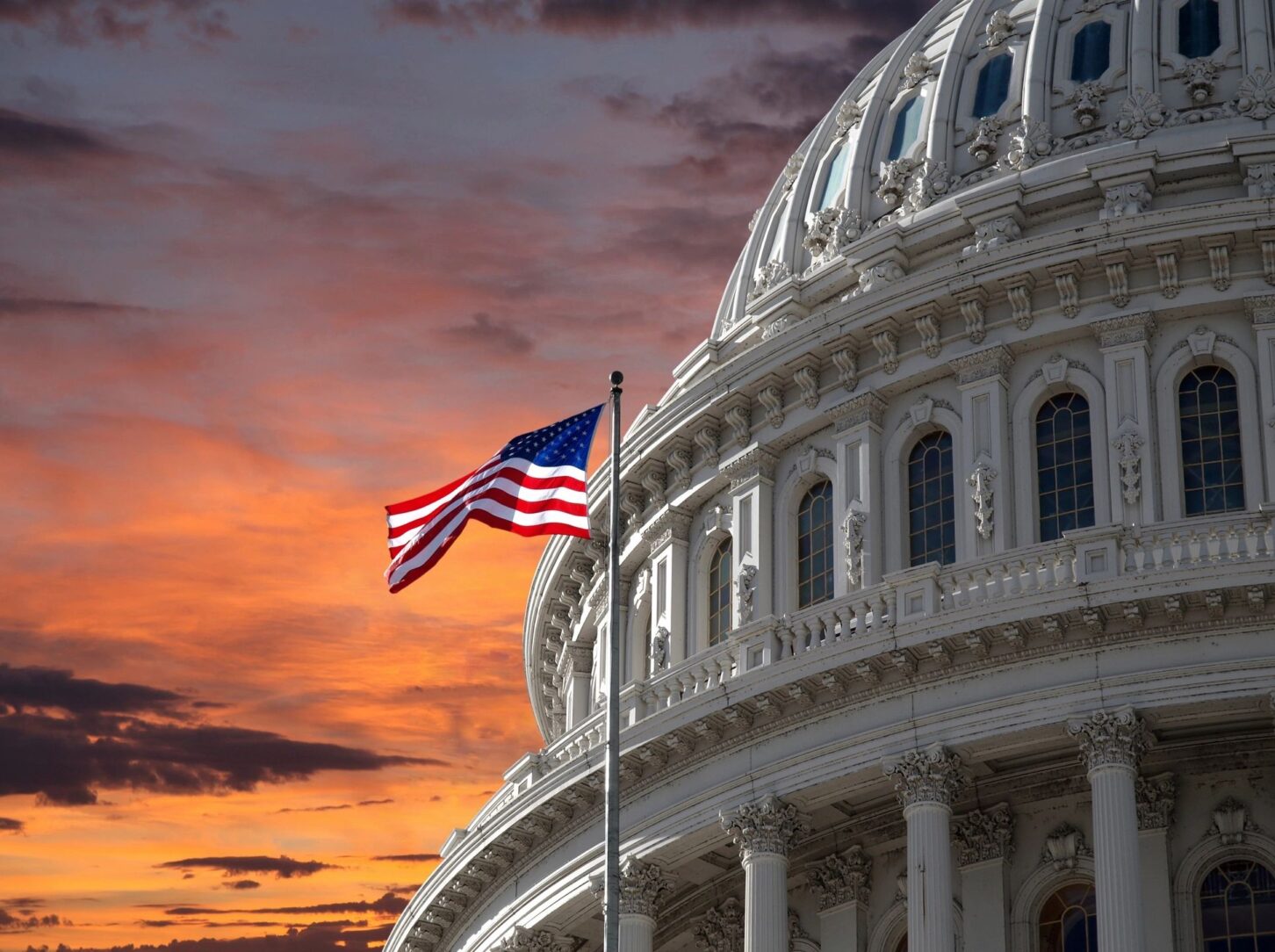
On July 4, 1960, teenager Robert (Bob) G. Heft sat in a swivel chair next to President Dwight D. Eisenhower and asked, “How do you like your job?” as they waited for Heft’s design of the new official U.S. flag to be raised. Two years earlier, his teacher, Stanley Pratt, gave Heft only a B-minus on his 50-star flag design — along with the challenge to get his flag adopted by Washington if he wanted his grade to be reconsidered. Prior to his death in 2009, Heft shared his amusing anecdote of how his history project became a national symbol.
In April 1958, Heft was given an open-ended assignment to present on a subject of his choosing. Heft’s classmate, Jim, received an A for taping a few leaves he found to a notebook and labeling them. Heft spent over 12 hours and $2.87 (more than $26 today) turning his parents’ 48-star flag into a 50-star flag. While statehood for Alaska and Hawaii had been part of the national conversation for a few years, Heft was unconvinced a Republican-controlled Senate would admit Democrat-leaning Alaska before the 1960 election without also admitting Republican-leaning Hawaii. (Interestingly, in 1960 Alaska awarded three electoral votes to Richard Nixon, and Hawaii awarded three electoral votes to John F. Kennedy.)
When Heft triumphantly presented his 50-star flag, Pratt told him he had the wrong number of stars. Only if the government adopted Heft’s flag would Pratt even consider changing the grade. Thus began a lobbying campaign to get Heft’s grade changed by making his 50-star flag the official flag of the United States. Heft said he rode his bike to Congressman Walter Moeller’s home around dinner time. According to Heft, the congressman answered the door while holding a chicken leg. Heft said, “Mr. Congressman, in this box I have a project I made in American history class at Lancaster High School, and it’s a 50-star flag in anticipation of us soon taking in 50 states. Just take it to Washington. If they have a contest, I want you to enter it for me.”
The Eisenhower administration undertook a robust flag selection process for designs with both 49 and 50 stars. Thousands of designs were submitted. Congressman Moeller advocated for Heft’s flag design, and Heft made 18 calls and sent 21 letters to the White House. Ultimately, Eisenhower selected Heft’s design and called Heft to invite him to Washington for the flag-raising ceremony on July 4, 1960.
According to Heft, Eisenhower’s phone call was broadcast over the speakers at the company where Heft had worked for less than two weeks. It was his first job out of high school. Heft said he put the president on hold; he didn’t know if he could get time off to visit Washington, because he didn’t have any leave or vacation time. He would have to ask his boss. Heft’s company had contracts with the Department of Defense, and they let him take leave to attend the flag-raising ceremony.
Sitting between the president and his congressman, watching his flag become the official flag of our nation, Heft said he was still thinking about getting his grade changed. In a story that should inspire all students to keep trying, Heft recalled showing up to his high school with a police escort and news crews. Bringing his 1958 grade book with him, Heft asked Pratt to change his grade from a B-minus to an A. Pratt replied, “If it’s good enough for Washington, it’s good enough for me. I hereby change the grade to an A.”
Bob Heft’s original hand-sewn flag has flown over all 50 state capitol buildings and over the White House under five administrations. While there have been 27 official U.S. flags over the years, Heft’s 50-star design is the longest-used and was the one planted on the moon by Neil Armstrong and Buzz Aldrin. Heft went on to become a teacher and later the mayor of Napoleon, Ohio. Always a forward-thinker, Heft left designs for a 51-star flag, should we ever need one.